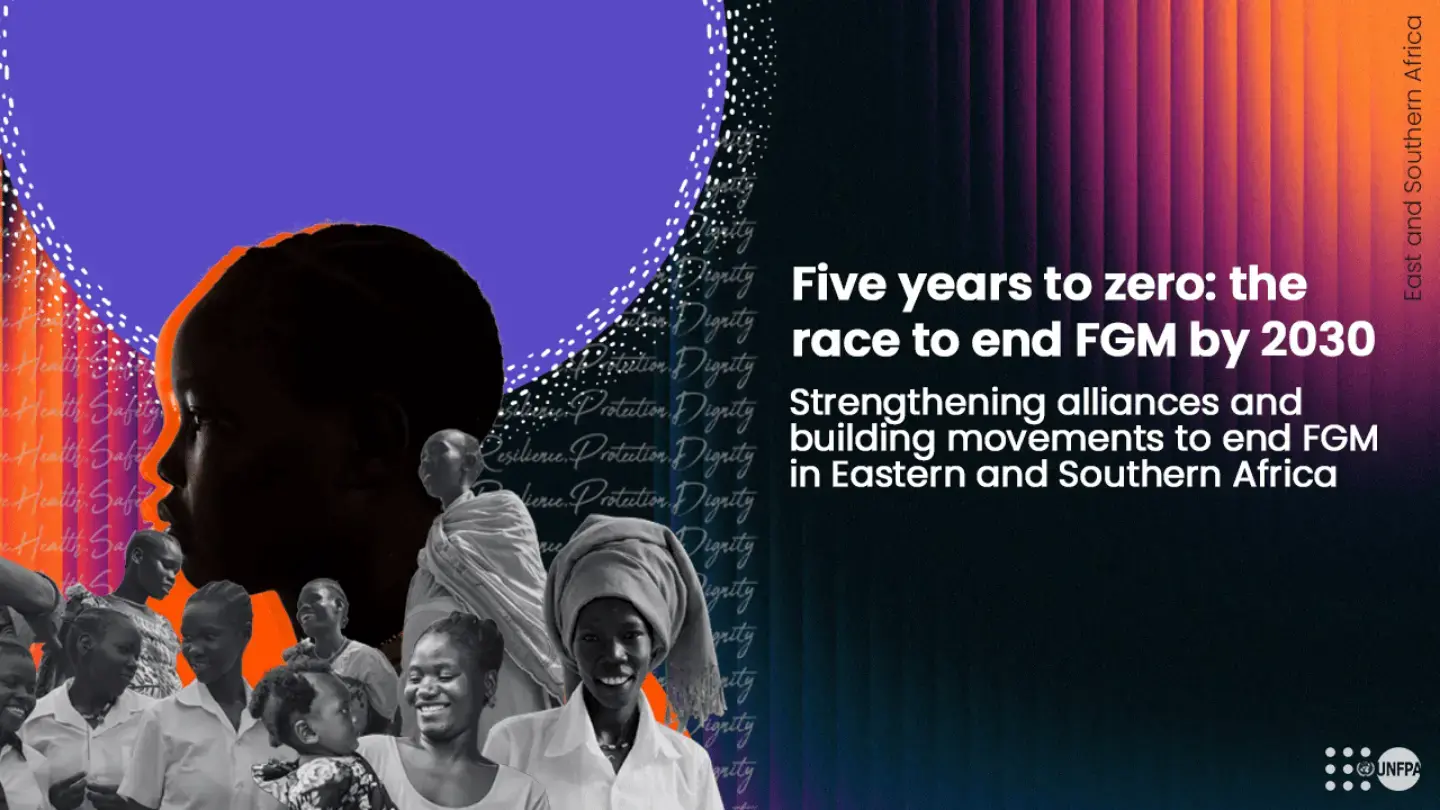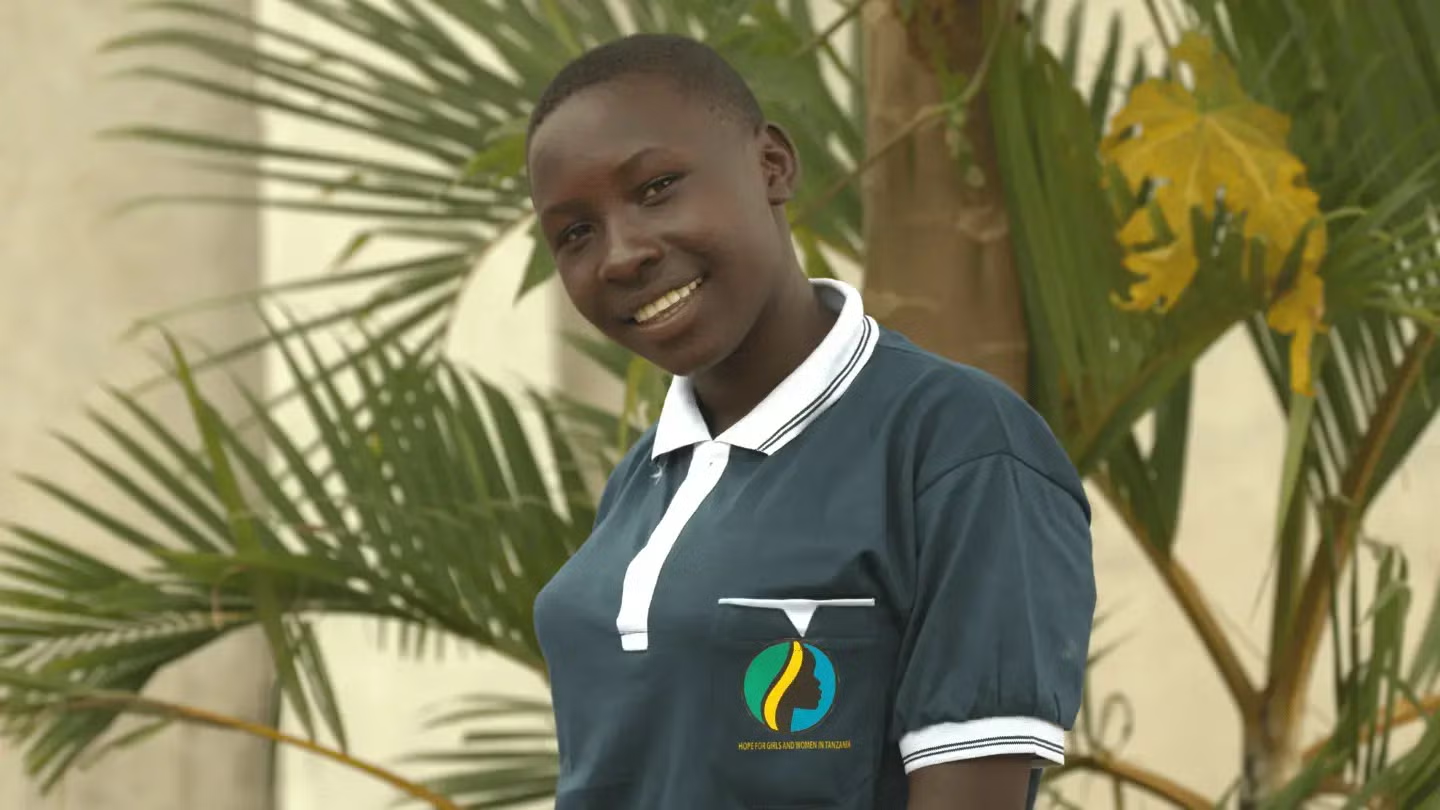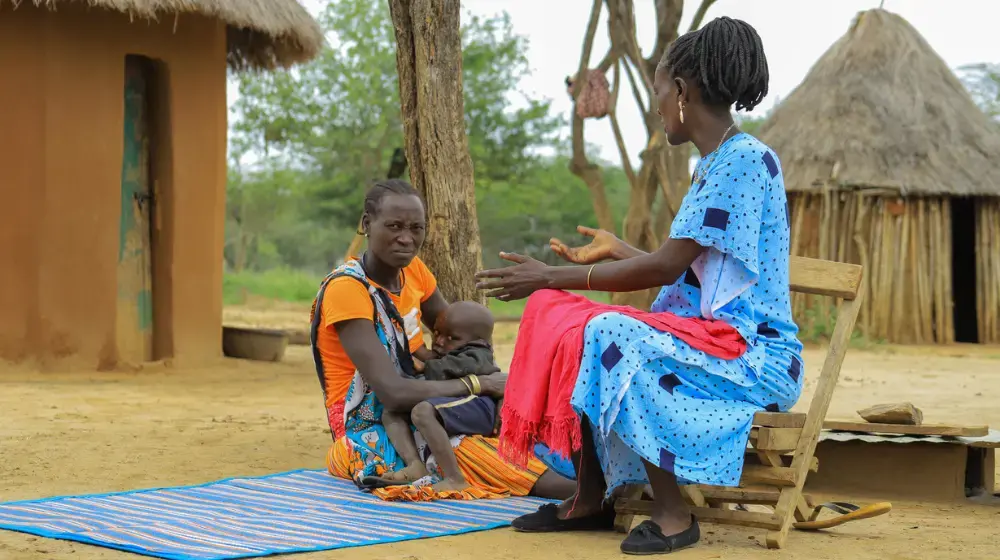UNITED NATIONS, New York, 6 February 2013 — Fewer girls are subjected to the life-threatening practice of female genital mutilation/cutting (FGM/C) according to new data from the United Nations, released on 6 February, the International Day of Zero Tolerance for Female Genital Mutilation.
The data show that FGM/C is becoming less prevalent overall and the younger generation is less vulnerable to the practice.
In the 29 countries in Africa and the Middle East where the practice of FGM/C is concentrated, on average 36 per cent of girls aged 15-19 have been cut compared to an estimated 53 per cent of women aged 45-49. The decline is particularly sharp in some countries: in Kenya, for example, women aged 45-49 are three times more likely to have been cut than girls aged 15-19.
“This progress shows it is possible to end FGM/C,” said UNICEF Executive Director Anthony Lake. “FGM/C is not only deeply wrong, we can and must end it to help millions of girls and women lead healthier lives.”
These recent estimates produced by UNICEF show that at least 120 million girls and women have experienced FGM/C in these 29 countries. Given present trends, as many as 30 million girls under the age of 15 may still be at risk. The United Nations Population Fund (UNFPA) and UNICEF Joint Programme on FGM/C is currently making progress in preventing these girls and future generations from being exposed to FGM/C.
The new estimates follow the unanimous adoption of a UN General Assembly resolution in December 2012, calling on Member States to intensify efforts towards the complete elimination of FGM/C.
Since 2008, when the UNFPA-UNICEF Joint Programme on FGM/C was established, nearly 10,000 communities in 15 countries, representing about 8 million people, have renounced the practice. Last year, a total of 1,775 communities across Africa publicly declared their commitment to end FGM/C.
Even in high-prevalence countries, attitudes towards the practice are changing. In Egypt, for example, where around 90 per cent of girls and women have been cut, the percentage of those aged 15-49 who have been married, and who think that FGM/C should stop, doubled from 13 per cent to 28 per cent between 1995 and 2008.
“Empowered women and girls are key to breaking the cycle of discrimination and violence and for the promotion and protection of human rights, including sexual and reproductive health and reproductive rights,” said Dr. Babatunde Osotimehin, Executive Director of UNFPA. “Working with governments and civil societies, UNFPA and UNICEF have successfully implemented a human rights-based and culturally sensitive approach to ending FGM/C.”
The UNFPA and UNICEF Executive Directors noted that, if the political will expressed in the General Assembly resolution was translated into concrete investments, FGM/C – a serious violation of the rights of girls and women – could become a vestige of the past. They echoed the resolution’s call for a coordinated approach that promotes positive social change at community, national, regional and global levels.
A comprehensive compilation and analysis of nationally representative data on FGM/C will be published by UNICEF in mid-2013. It will provide a global assessment of levels and trends, as well as statistics at the national and regional levels.
About UNFPA
UNFPA works to deliver a world where every pregnancy is wanted, every childbirth is safe, and every young person’s potential is fulfilled. For more information about UNFPA and its work, visit: www.unfpa.org (global website) and http://esaro.unfpa.org (UNFPA East and Southern Africa)
About UNICEF
UNICEF works in more than 190 countries and territories to help children survive and thrive, from early childhood through adolescence. The world’s largest provider of vaccines for developing countries, UNICEF supports child health and nutrition, good water and sanitation, quality basic education for all boys and girls, and the protection of children from violence, exploitation, and AIDS. UNICEF is funded entirely by the voluntary contributions of individuals, businesses, foundations and governments. For more information about UNICEF and its work, visit:www.unicef.org
Follow us on Twitter and Facebook
For more information, please contact:
At UNFPA:
Omar Gharzeddine, UNFPA New York
Tel: +1 212 297 5028 E-mail: gharzeddine@unfpa.org
Adebayo Fayoyin, Regional Communications Adviser, UNFPA East and Southern Africa, tel: +27 11 603 5303, fayoyin@unfpa.org
Hugues Koné, Regional Communications Adviser/Conseiller Régional en Communication, UNFPA West and Central Africa , Senegal, tel: +221 33 859 8231, kone@unfpa.org
Lindsay Barnes, Online Regional Communications Analyst, UNFPA East and Southern Africa, tel: +27 11 603 5329, barnes@unfpa.org
At UNICEF:
John Brittain, UNICEF New York
Tel: +1 212 326 7452 E-mail: jbrittain@unicef.org
Sarah Crowe, Spokesperson for the Executive Director
Tel: +1 212 326 7206 E-mail: scrowe@unicef.org




